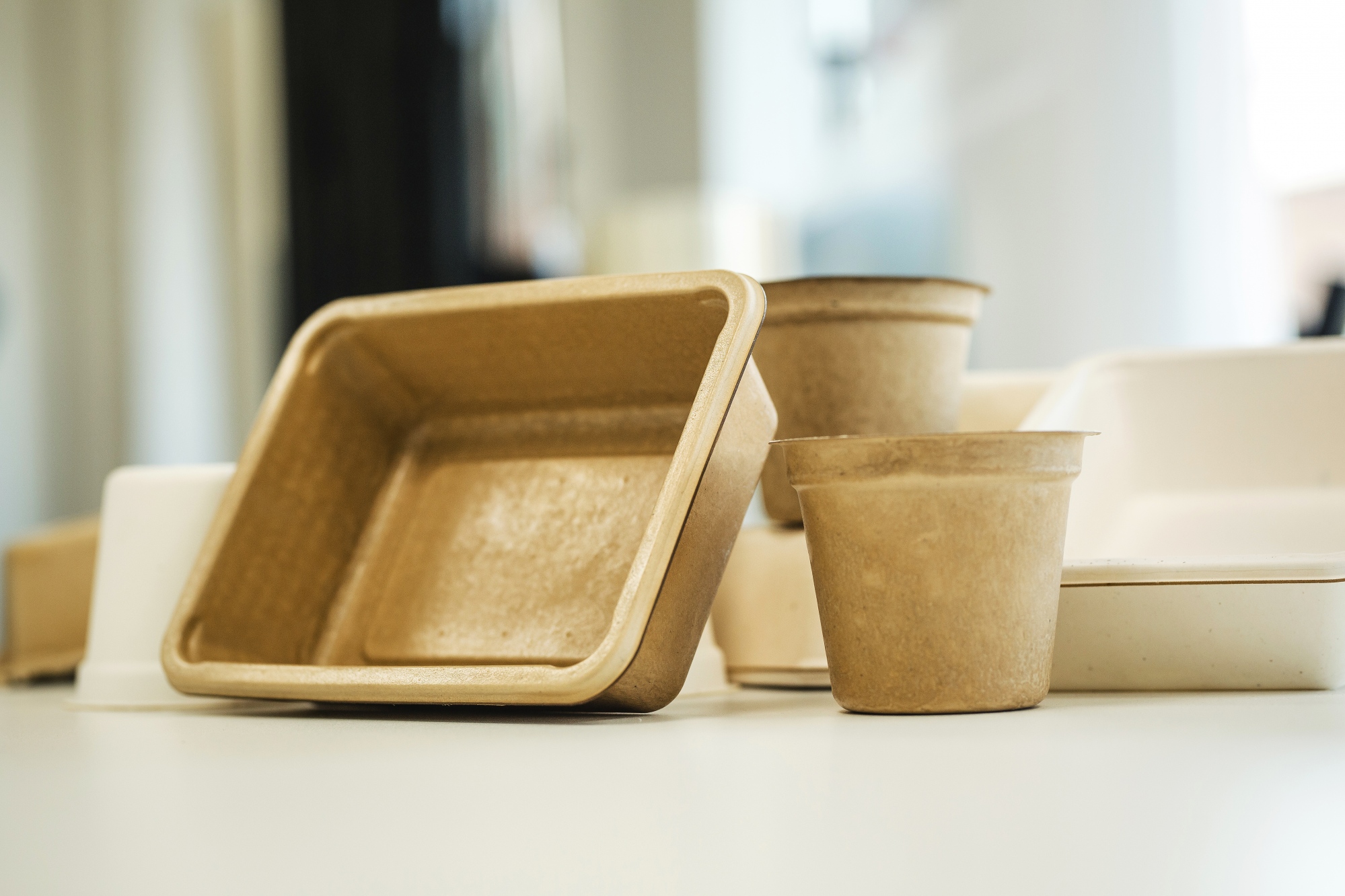News Items - International Association of Packaging Research Institutes
| DTI, Denmark, applies sugar beet micro-fiber to pulp packaging for high barrier The Danish Technological Institute (DTI) has worked with Scottish company CelluComp to produce a fibre-based, recyclable and biodegradable package said to have exceptional barrier properties. The four-year research project has produced trays, which include microfibrillated cellulose from sugar beet process waste, combined with a barrier coating newly developed by CelluComp and its partners. “We expect that in Denmark the new packaging can replace up to 10,000 tons of plastics packaging for food with 8,000 tons of recyclable and biodegradable paper packaging,” says Lars Germann, center manager at the DTI. Crucially, the sugar beet raw material is a residue or side-stream left after sugar extraction. “We have developed a method for extracting micron-sized cellulose platelets from the sugar beet pulp, which we call Curran [a registered trademark],” says CEO of CelluComp Christian Kemp-Griffin. “After this process, we produce a material that is in granular form, similar to grated cheese.” The Scottish company explains that its Curran material is particularly suitable for paper-based packaging because it makes the pack significantly stronger and closes the porosity of the sheet. This means that the application of water-based coatings is sufficient to provide barrier.  DTI was able to offer its expertise in fibre and packaging properties, mold development and coating. It produced the special tooling used in the project, and carried out the molding and the coating with an ultra-thin, biodegradable layer. The new type of coating, called REEF, demonstrates excellent water, oxygen and grease barrier properties, water stability and heat-sealability, says DTI. DTI was able to offer its expertise in fibre and packaging properties, mold development and coating. It produced the special tooling used in the project, and carried out the molding and the coating with an ultra-thin, biodegradable layer. The new type of coating, called REEF, demonstrates excellent water, oxygen and grease barrier properties, water stability and heat-sealability, says DTI.With traditional kraft pulp, a phenomenon called ‘fiber lift-up’ or ‘dusting’ can take place on even the smoothest paper surface, where individual fibers tear loose and protrude through the thin coating. “We have developed a new pulp, which we call NEST, which consists of both ordinary cellulose fibers and Curran,” says Germann. “This helps us to solve the problem and to use the full potential of the coating. The interaction of the two building blocks eliminates the problem of fiber lift-up, and we now have a packaging solution that is completely tight and food-approved. We have just applied for a patent.” Kemp-Griffin concludes: “DTI has brought strong competencies into play, provided equipment, and been open and focused throughout the collaboration. In particular, their facilities within pilot production have been crucial in reaching our goal.” Published: 05/23/22 |